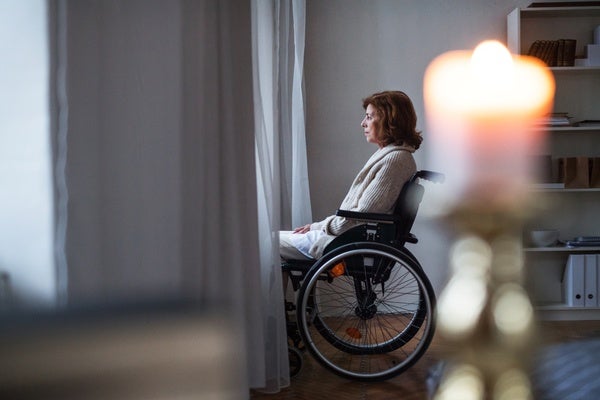A sudden blockage of a brain artery is not only the leading cause of adult disability in the United States, but it is also one of the most time-sensitive diseases in all of medicine.
However, patient delay in seeking medical attention continues to keep patients from benefiting from interventions such as clot-dissolving medications or clot-removal procedures that can prevent strokes. Many physicians, let alone the general public, are unable to identify common stroke symptoms that should cause someone to call 911.
A variety of public awareness campaigns for stroke have been implemented and studied now for decades; however, the effectiveness of these has been modest. The FAST campaign, which stands for “Face, Arm, Speech, Time [to call emergency services],” has been the most popular. Designed as a short, easy-to-remember mnemonic, the FAST campaign aimed at increasing public recognition of common stroke symptoms, like facial paralysis, loss of power in one arm, and speech disturbance, and the appropriate response to immediately call 911.
But many reports, including a recent Irish national survey of 1,000 individuals demonstrated poor response to a targeted campaign focusing on FAST with persisting poor awareness of stroke interventions and poor intended behavior responses. The focus for many of these failed campaigns has been on what stroke is and what to do without answering the question of why.
Attempts to improve stroke public awareness campaigns have been hindered by focusing only on stroke symptom recognition and its inherent complexities. Unlike symptoms indicating a heart attack, which are easily recognized and involve pain, stroke symptoms are variable and often painless. Stroke occurs when a blood clot blocks blood flow to the brain. Depending on which blood vessel is blocked and what territory of brain is involved, there are various symptoms someone could have; this sheer variety of possible stroke symptoms defies attempts to create a clear, compelling stroke diagnosis message.
The need to improve stroke awareness has never been more important. Since 2015, the New England Journal of Medicine has published seven positive studies proving the efficacy of thrombectomy, a catheter-based procedure to physically remove blood clots within arteries, to improve disability after stroke. Patients with severe strokes secondary to large clots blocking a major brain artery have a nearly 75 percent chance of being dependent or dead. Thrombectomy can reduce the chance of this poor outcome by 50 percent.
However, thrombectomy is extremely time-dependent. During a stroke, the brain is essentially holding its breath. After a few hours, the injury generally becomes permanent so that restoring blood flow has no value.
Even though stroke is the number one cause of adult disability in this country, we generally don’t see the toll it takes on patients, their families and their communities. Caring for severely disabled stroke patients is very expensive, with long-term nursing care, rehabilitation and physical and occupational therapy costs quickly adding up over the years. Stroke costs the U.S. $34 billion annually. The picture of the severely disabled patient, residing in a nursing home, who depends on others to eat, bathe and dress is an outcome many would say might be worse than death itself.
Yet this is the picture that should compel greater recognition of this disease and every attempt to seek early treatment. This is the outcome that is hidden from all of us as we go about our daily lives, but it is also one that is probably a more compelling message to convey than a simple focus on stroke symptom education. This is the hidden reality that answers the question of why we should care about stroke.
Public awareness campaigns can be successful. The pink ribbon symbol for breast cancer awareness has become largely recognized, and even appears at major league baseball games and the National Football League. Much of the success with the pink ribbon symbol began with its use during racing events, which then expanded by collaborating with magazines and cosmetic giants. Now, the Susan G. Komen breast cancer charity takes in $422 million a year for its Race for the Cure. Eleven companies donate $1 million or more each year to Komen.
Public awareness for stroke is possible. We have the FAST campaign, Stroke Awareness Month in May, and the recent World Stroke Day held in late October. But perhaps the spotlight for future campaigns should be on the heretofore invisible plight of severely disabled stroke patients living in nursing homes. This might be the best motivator for people to learn whatever it is they need to do to avoid such a fate, including how time-sensitive stroke diagnosis and treatment really is.

